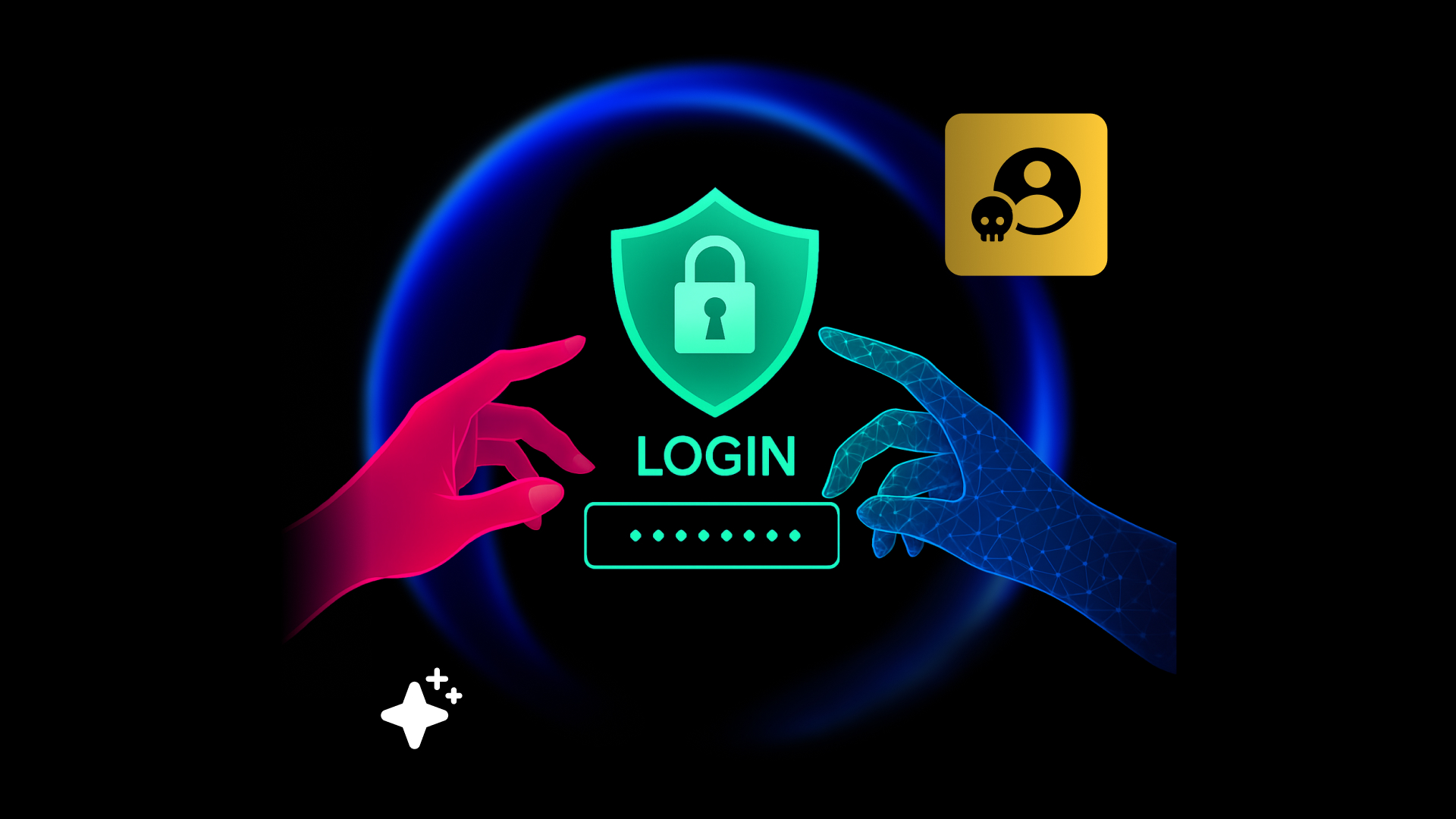Every organization faces a diverse range of fraud and risk, from account takeovers to first-party fraud. Even when prioritizing risk management, addressing the wide range of hazards is challenging with limited time and resources.
Read on to learn what risk prioritization is and how you can use it to focus your efforts on where they’re most needed.
What is Digital Risk Prioritization?
Digital risk prioritization is the process of systematically assessing and analyzing various risks and prioritizing them according to their probability of occurrence and the magnitude of the threat they pose. The process brings structure to risk management by producing a ranked list that helps guide mitigation efforts towards tackling the top threats, minimizing exposure, and reducing negative consequences.
The Importance of Risk Prioritization
With fraud and risk continually evolving and growing more prevalent, especially in light of AI-fueled scams and the escalating volume of digital fraud, it’s important for businesses to be proactive.
Here are some reasons it’s crucial to adopt a strategic approach using risk prioritization:
- Optimize resources: Limited time, budget, and staff mean resources should be directed to where they make the most difference, concentrating first on higher-priority issues.
- Support decision-making: Understanding which risks pose the most significant threats enables more targeted decision-making on deploying mitigation actions where risk levels are highest.
- Proactive management: Evaluating and ranking risks helps move from reactive approaches to proactively addressing issues in advance. This helps reduce identity risk and prevent fraud from occurring.
- Risk reduction: Systematically handling the most serious risks through prioritization reduces an organization’s total risk exposure and minimizes the chance of severe consequences.
- Compliance and regulatory adherence: Prioritizing helps comply with industry rules by identifying and addressing regulatory concerns to avoid non-compliance penalties and control rising costs.
- Continuous improvement: With threats constantly changing, risk prioritization requires ongoing monitoring, assessment, and adaptation to avoid emerging dangers.
What are the Levels of Risk Prioritization?
To create an effective risk mitigation plan, it’s essential to grade risks based on their severity and potential impact. An effective grading system for risk prioritization, such as the Sift Score, includes the following levels:
- Tolerable risk: These are deemed acceptable given an organization’s tolerance for risk. They can typically be monitored and addressed through standard procedures.
- Low risk: Risks in this category are considered minor threats to the business. Close monitoring and routine controls are usually sufficient to manage low-risks.
- High risk: Risks with the potential for more significant organizational damage. High risks demand prompt attention and dedicated mitigation efforts.
- Intolerable risk: Risks in this category are deemed unacceptable and pose a significant threat. These often require immediate action, such as implementing integrated risk management strategies, to reduce or eliminate them.
It’s important to note that digital risk differs from traditional risk due to the rapidly evolving nature of technology and the potential for widespread, instantaneous impact. Digital threats, such as ATOs, content abuse, and payment fraud, can cause significant financial and reputational damage in a short period. Managing digital risk requires a proactive, adaptable approach that considers unique business challenges.
What are the Different Kinds of Risks?
Understanding the many types of risks is crucial for developing effective strategies to mitigate them. Here are some common threats businesses may encounter:
- Payment fraud: Payment fraud involves the theft of sensitive payment information to steal money or property. Common types of payment fraud include card-not-present fraud, skimming, pagejacking, card testing, and card hopping. Payment fraud is a significant issue for both consumers and businesses.
- Account takeovers: Account takeovers (ATOs) occur when malicious actors gain access to user accounts without permission, using techniques like credential stuffing, phishing, brute force attacks, or social engineering. These pose identity risks to users and financial and reputational risks to organizations.
- Chargebacks & disputes: A chargeback is a transaction reversal meant to serve as a form of consumer protection from a fraudulent or disputed transaction made on a business’ platform. Customers also sometimes dispute legitimate transactions made with their credit cards, resulting in fraudulent chargebacks, known as first-party fraud.
- Content abuse: Content abuse occurs when online platforms are misused, such as for spam and scams. This can damage brand trust with users, threaten brand reputation, and requires high prioritization.
- Policy abuse: Policy abuse is the practice of manipulating store policies for personal and financial gain. A fraudster who practices policy abuse targets businesses focused on customer-first experiences, in order to take advantage of vulnerabilities in the user journey and mine for money and merchandise.
To learn more about the current threat landscape, check out Sift’s latest Digital Trust & Safety Index.
How Sift Can Help with Risk Prioritization
Sift’s platform helps businesses focus mitigation efforts on the highest risks, enabling you to optimize resource allocation and maximize the impact of your risk management strategies.
Some key features of Sift’s AI-powered solution include:
- Real-time risk scoring: Sift analyzes numerous data elements in real time to continuously calculate changing risk levels for users. This ongoing assessment enables your businesses to spot questionable behavior immediately, allowing swift intervention to disrupt fraudulent activities before harm is done.
- Global network intelligence: The Sift Platform provides unparalleled visibility into known and emerging threats. This comprehensive intelligence gives your businesses a strategic advantage over cybercriminals looking to exploit new vulnerabilities.
- Proactive protection: Sift’s automated workflows empower you to set customizable rules that trigger the optimal response for each risk level. This proactive approach disrupts fraud before it occurs, protecting revenue and safeguarding your reputation.
- Continuous improvement: Leveraging AI and machine learning, Sift’s models constantly evolve alongside changing fraud trends. So, you gain the power to future-proof your risk strategies with a solution that self-optimizes over time.
- Optimized resource allocation: With clear prioritization of the highest risks, Sift helps you focus mitigation efforts only where most needed. This maximizes the impact of limited time, budget, and personnel.
Learn more about how Sift can support your risk prioritization efforts by exploring our solutions and requesting a demo.







